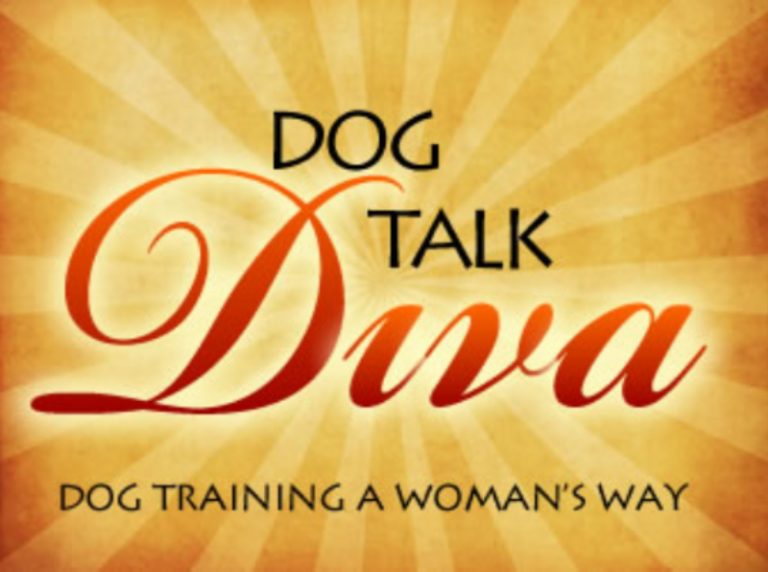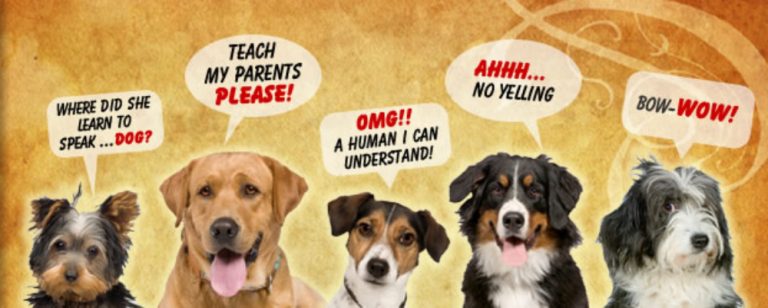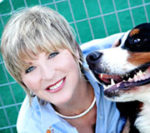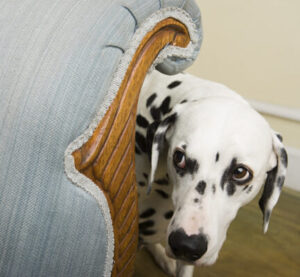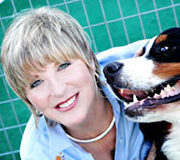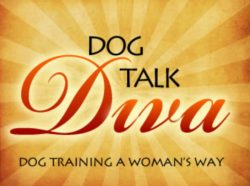Does your dog tremble in new situations or around new people or other dogs? Bite the gardener, bark at house guests or lunge at other dogs on leash? Welcome to the club!
Believe it or not, in my experience as a trainer for over 30 years, nervousness and reactivity in dogs are the most common problems in the pet dog world! So common, in fact, that 8 out of 10 behavior consults booked with me are about dogs that are so nervous or insecure that they are either miserable or threatening to bite people or other dogs! Even when they are “trained.”
Now that you know you’re in good company, let me explain what’s going on with your dog and how to manage it.
If you have a trained dog that is nervous, insecure or bossy, you still need to be prepared for behaviors that are related to your dog’s personality, which will supersede their training.
You’ve no doubt noticed that each dog can have his own distinct personality, even within a breed. Because of this, not all dogs will think the same, interpret their world the same or behave the same in any given situation.
At the big-picture level, there are confident dogs and insecure dogs, but this is generally not a result of experience; it is the way Mother Nature wired them from the get-go. Even months or years of training will not change the innate personality of a dog. Add to this the fact that personalities become more distinct as a dog matures. (This can be especially challenging as an insecure puppy matures into their adulthood.)
Their innate personality is why most confident dogs will be fine with house guests, while the insecure might see guests as dangerous invaders, especially if the dog has matured past the age of 3. Or, why some dogs love and look forward to their walks around the neighborhood while others dread them and the frightening things that might happen “out there.”
Causes of Reactivity
Understanding how a dog that is very nervous or has become reactive views their personal reality will help you understand why they get reactive in certain situations.
Here are some trigger points:
- They consider their home and yard as their own “safe space” and will protect it from all invaders.
- Letting your dog walk ahead of you on the leash says to your dog, “You’re in charge of protecting us.” So they do.
- Unfamiliar dogs (or people) are assumed to be “the enemy.”
Recognizing Your Dog’s “Happy Place”
Instead of wanting our dog to fit the mold we have in mind for their perfection and our happiness, I believe that our responsibility as dog owners and guardians, should be to understand what constitutes our particular dog’s “Happy Place.” What does he or she really want?
For some dogs that’s social walks around the neighborhood, the beach or trail, or a day spent meeting and frolicking with new friends at doggie daycare. But this is generally NOT the Happy Place for a nervous, bossy or territorial dog!
Nervous, insecure or bossy dogs like the familiar: People they know. Dogs they know. Routines that they know and that are predictable and comfortable for them. They are often happier being a couch potatoe than the neighborhood social chairman.
A Word About “Socialization”
Contrary to what you may have read or heard, socialization is not the “cure” or “preventive” for all doggie woes. In particular, socialization cannot change a dog’s innate personality. Likewise, not all nervousness or reactivity is because of a lack of socialization – or former abuse, for that matter.
A nervous personality dog is generally an insecure dog from birth and always will be in unfamiliar situations. You may, with careful work and patience, get them accustomed to a new person or dog over time, until this new friend becomes a familiar and trusted member of your dog’s ”clan.” But the insecure, nervous or territorial dog will always be more content and comfortable with a limited clan of friends than a hoard. Quality not quantity is his measure.
The concept of socialization means simply exposing your dog to many experiences and determining which of them they can be comfortable with. Once they tells you what they do not like, however – listen to them and stop forcing the issue! Socialization is not about continually putting your dog into situations that they’ve told you they do not like, in the hopes that they will start liking them eventually. A dog will tell you either “Thank you for this great new experience” or “I hate this. Please stop forcing me.” Listen to your dog! If you don’t, they may well become worse, not better.
7 Strategies for Living with Your Nervous or Reactive Dog
If you have a nervous, reactive or territorial dog, here are some strategies that can help keep them in their Happy Place and keep you more protected from liability:
- Have a “safe space” for your dog when guests arrive if they are not accepting of them. This may be a crate in the back room, a dog run outdoors or connected to your garage by a doggie door. Do not force them to meet and greet guests in the house that they do not trust or readily accept.
- When you are gone from home, have a comfortable crate or secure dog run for your dog. We cannot always control who walks into our house or into our yard when we are gone. Neither can we control who leaves the front door or back yard gate open when we aren’t home or paying attention. A secure crate or dog run is the safest solution if you think your dog, left uncontrolled or uncontained, could be traumatized or bite someone.
- Have your dog drag a leash from his flat collar when in the house with you. This way, if a stranger unexpectedly arrives at your door, you can grab the leash and either take control of your dog quickly or safely exit with the dog to their safe space before letting the unfamiliar person in.
- When walking a dog that has become seriously aggressive on leash for whatever reason, get a basket muzzle in their size and teach them to wear it comfortably. Put the muzzle on your dog before any public walks. This will accomplish two things: 1) Your dog cannot bite anyone while in the muzzle and 2) other dogs and people will give them a wider berth which lessens your dog’s perceived “threat.”
- Be a Leader. Teach your dog to walk behind your toes when on leash!
This is the very BEST way to control a dog’s reactive behavior on leash outdoors. When you disallow your dog walking ahead of you, you are saying in dog language, “I am the Leader and I am taking the responsibility for our protection off of your shoulders. It’s not your job any longer and you can relax and trust me to protect you.” You can also use an umbrella to block eye contact between dogs. It is eye-stalking that precedes a lunge or fight. No eye contact; no fight. - When introducing a selected new person or dog, start by going on a walk outdoors together, with your dog in their muzzle (just in case.) If you’re introducing a new person, when the dog’s body language softens try coming indoors (dog still wearing his muzzle) and just hang out, ignoring the dog. Practice getting up together, walking outdoors and coming in again. Repeat daily or weekly until the dog is totally comfortable. Don’t take chances too early. If introducing a new dog, it’s best not to come indoors. It’s safer to keep the new relationship an outdoor one.
- Enjoy your dog at home with your family as many hours of the day as possible. This is their Happy Place so revel in it with them. They will thank you for it! 😊
© 2023 Camilla Gray-Nelson
